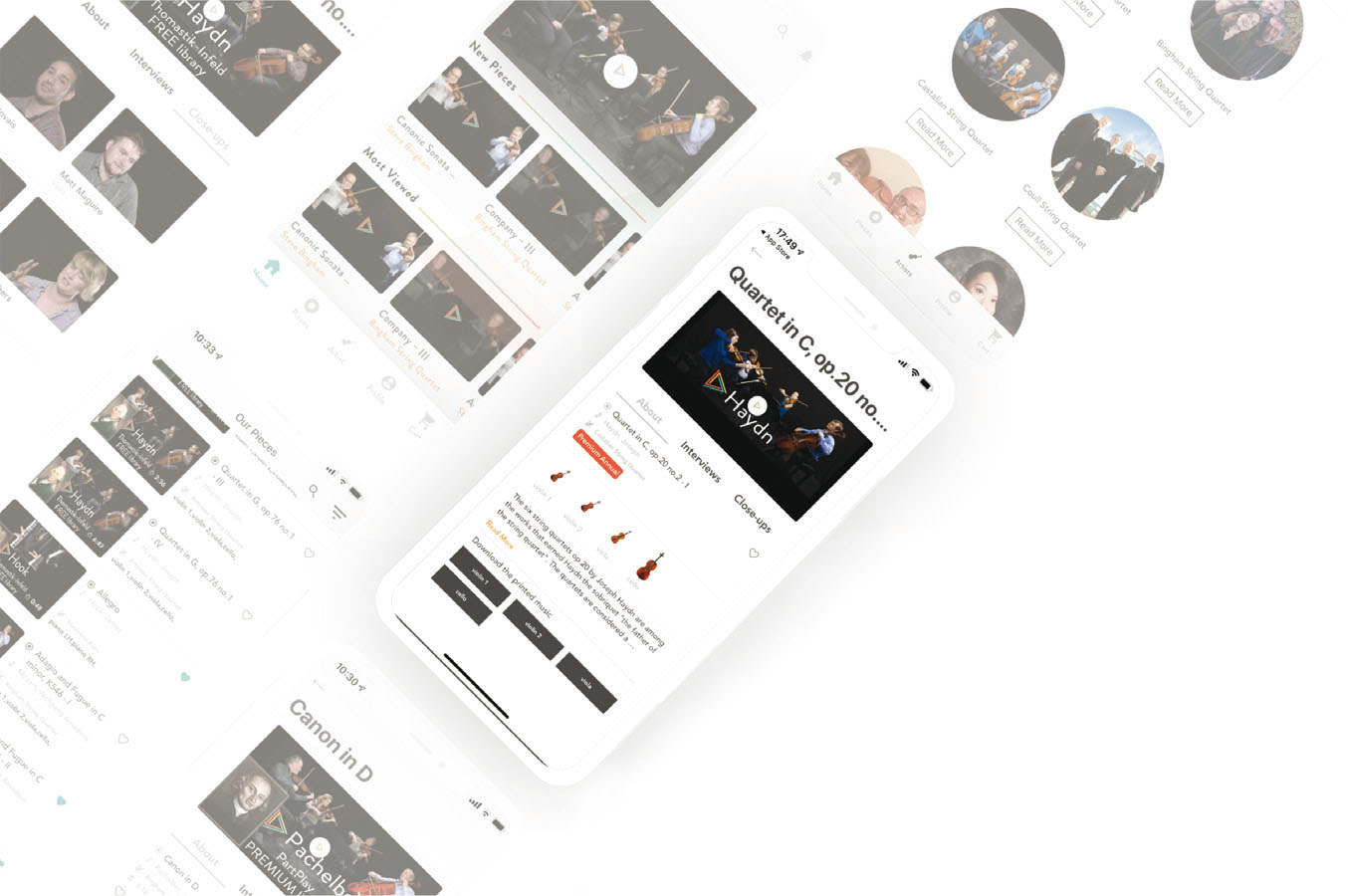
Since March, opportunities to play with other people – in real life – have been limited. Instead, I have been creating backing tracks to perform to. My wife and I have been making videos for YouTube and before we capture the live performance, I spend several hours making click tracks and backing tracks. Working with the backing track keeps us in good shape until we can play live again – hopefully soon.
Given that I am a pretty lousy pianist it's slightly surprising that I nearly always start with a basic keyboard part. I use this to establish an outline for the backing track.
It's very easy to get the harmonies and the structure of the piece this way, and it allows me to add all of the other bits that I need afterwards. I tend to keep this element very simple – it's a guide part providing the shape; if I need a ‘fancier’ piano part I'll record that separately later.
My keyboard at home is wired up to capture both MIDI and audio. If I'm making a guide track, I'll normally record the MIDI data, because I can then edit wrong notes and polish the timing so that everything else is locked to it. I often need to remind myself that it's a guide track and there's a good chance it won't even end up in the finished backing track so I doesn't matter if it's rigid or dull!
The next thing I add is bass. I find that if I want a song section to be mellow, the way the bass plays will reflect this, and if I want the track to drive forward, the bass will really give the energy to keep everything moving. If you're a guitarist or bass player then using a real one will help – but if you're using a MIDI part then synth bass, double bass and bass guitar emulations are very good these days.
I'll then continue to add parts through a combination of MIDI and audio. I'll follow the structure and chords from my guide piano part and the feel created by my bass part. Whether you're playing popular or classical music, I'd recommend playing as many of the parts by hand as possible and then subtly tidying up the timing if things are a bit loose. The human effect one gets from the variations in pressure and note length makes a piece sound much more realistic. Because it's a backing track, you need to ensure the timing is pretty tight – quantise can be applied retrospectively, but should be used gradually. You can improve the timing without fixing everything to the grid.

PartPlay combines the functionality of MIDI with the quality of Audio
If you don't have the time or inclination to create your own backing track from scratch there are lots of different options available to you. The most obvious of these is to try and source a recording of the original piece of music. For instance, all of the exam pieces for the major syllabi will be available somewhere. It's worth checking YouTube: some teachers record themselves playing the part/s and post videos for wider use.
Websites like SongGalaxy.com provide audio and MIDI versions of famous tracks. The MIDI versions tend to sound terrible – but they can be very useful because they allow editing, so you can change the structure, key and instrumentation quickly to suit your own performance needs. If you have better sound libraries you can also improve these to your own specification within minutes.
Alternatively, apps such as PartPlay have complete audio recordings of pieces that allow the user to mute parts, change the speed and loop sections of the piece. It allows some of the functionality of MIDI but with the quality of audio. Apps like this are increasingly common and offer an excellent alternative to MIDI tracks or creating your own. (For more information, visit partplay.co.uk)
Playing to a backing track is never going to be a replacement for playing with real musicians, but in the absence of rehearsals, backing tracks are a good way to keep up live practice. Whether you choose to purchase a backing track or make your own from scratch, it helps to keep the feeling of playing music in context.








